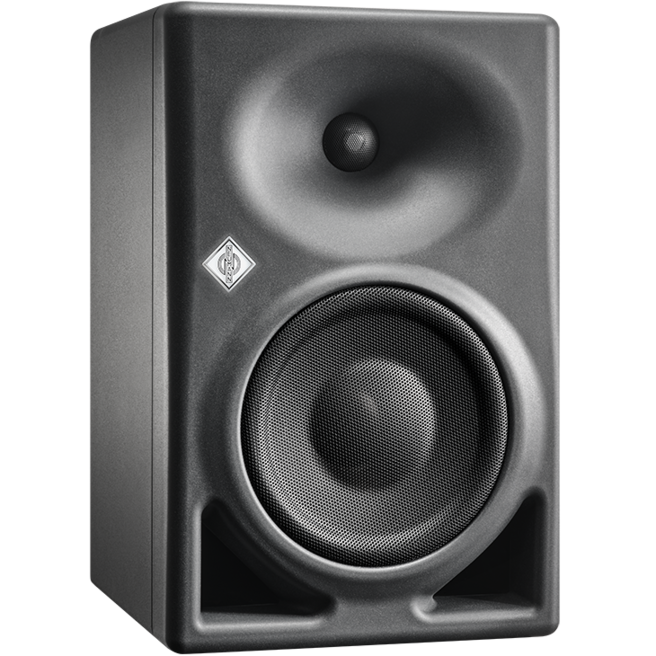I find the discussion of this speaker to be exemplary for a weakness of spinorama-, distortion- and aluminium-metrics based approaches:
Seemingly, people here are interested in using this speaker music listening in a midfield setting, like from 3 meters distance, on their couch. But no discussion about the dispersion pattern. The image will most probably be narrow. It will be beautifully exact, but with little spaciousness. JBL M2 is one of the few waveguided two-way speakers with a 120 degree horizontal pattern, like many dome tweeter speakers have. People who own KEF LS50 might comment how satisfied they are with a 100 degree pattern. There is so much more than SPL and F3. BTW, I am pretty sure F3 of this speaker is satisfying most needs, but need cannot be satisfied from afar.
1) https://www.soundandrecording.de/app/uploads/2022/10/KH150hor-580x357.png
2) https://static-neumann.s3.amazonaws.com/global_images/image/file/658/Horizontal_directivity_plot.png
Seemingly, people here are interested in using this speaker music listening in a midfield setting, like from 3 meters distance, on their couch. But no discussion about the dispersion pattern. The image will most probably be narrow. It will be beautifully exact, but with little spaciousness. JBL M2 is one of the few waveguided two-way speakers with a 120 degree horizontal pattern, like many dome tweeter speakers have. People who own KEF LS50 might comment how satisfied they are with a 100 degree pattern. There is so much more than SPL and F3. BTW, I am pretty sure F3 of this speaker is satisfying most needs, but need cannot be satisfied from afar.
1) https://www.soundandrecording.de/app/uploads/2022/10/KH150hor-580x357.png
2) https://static-neumann.s3.amazonaws.com/global_images/image/file/658/Horizontal_directivity_plot.png

